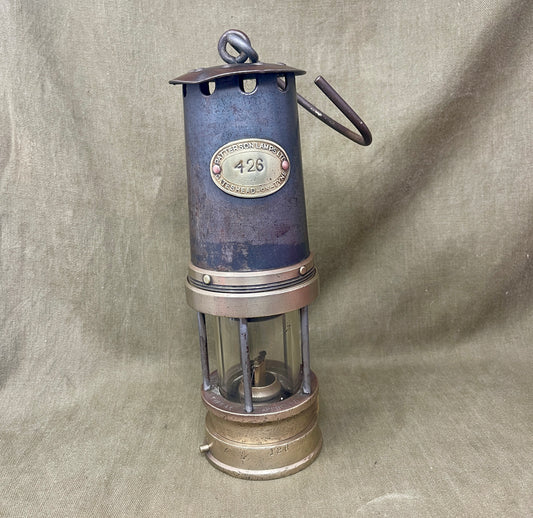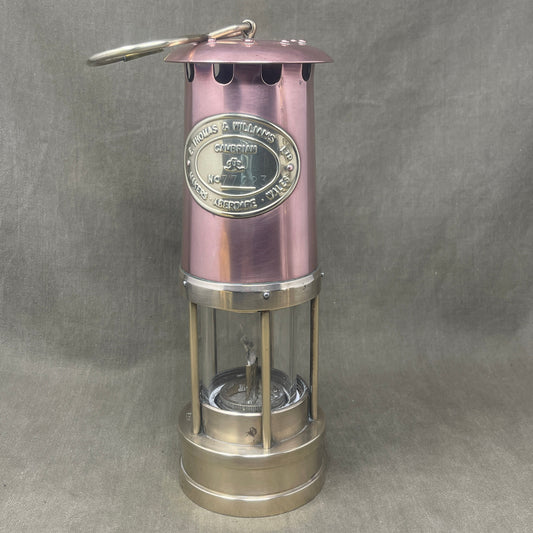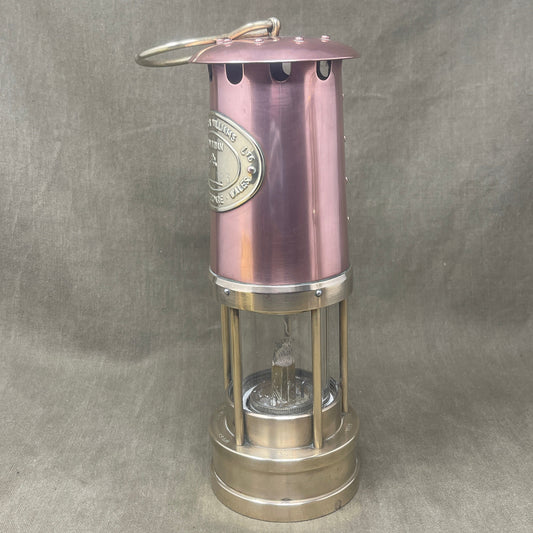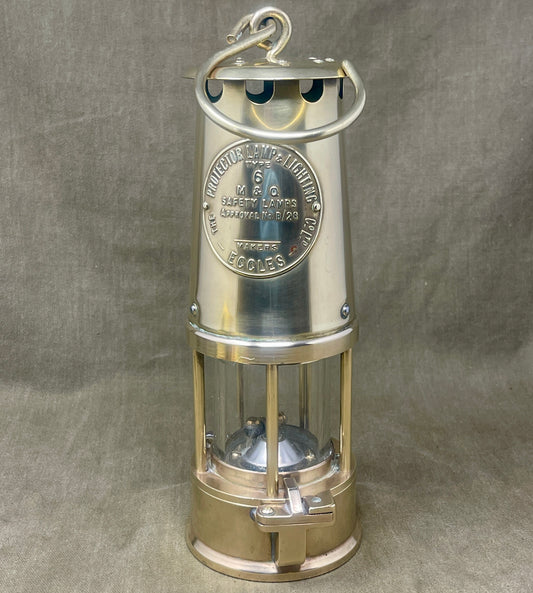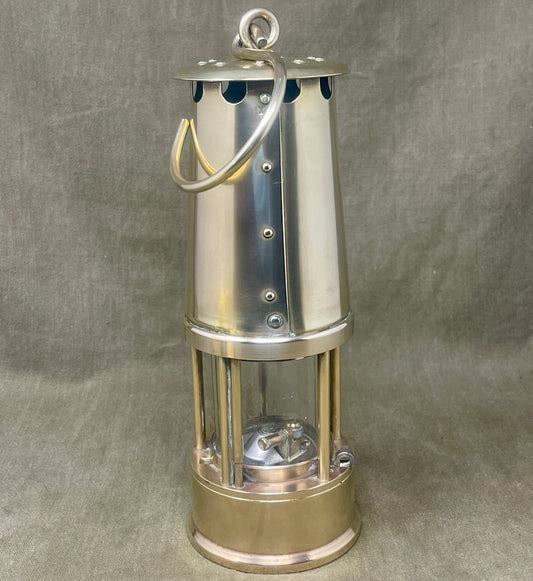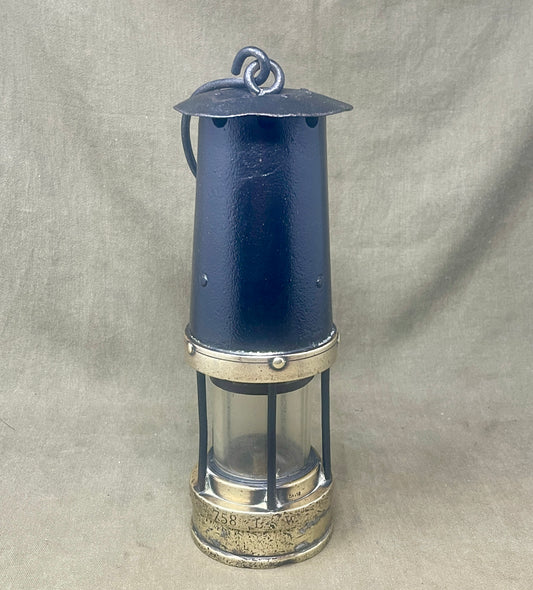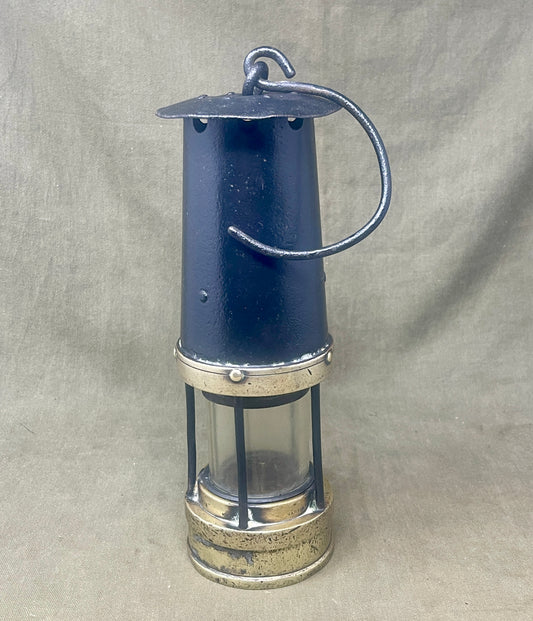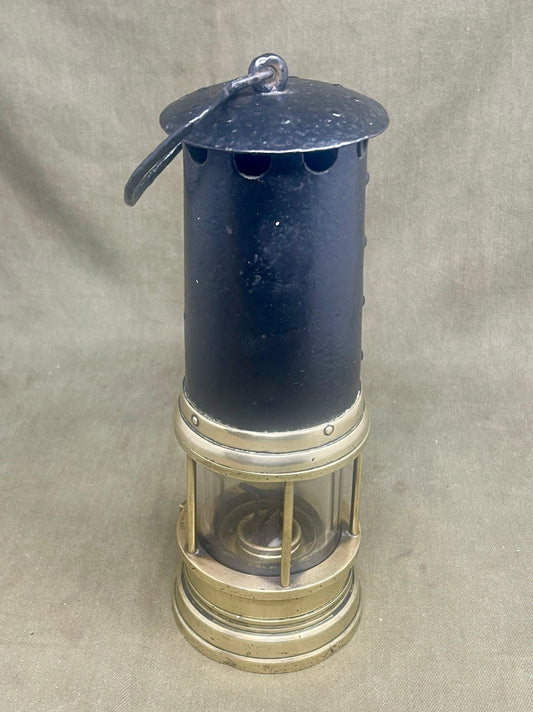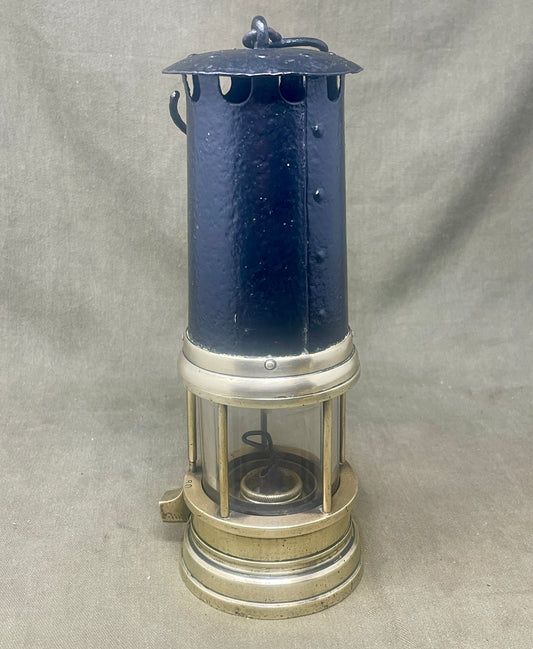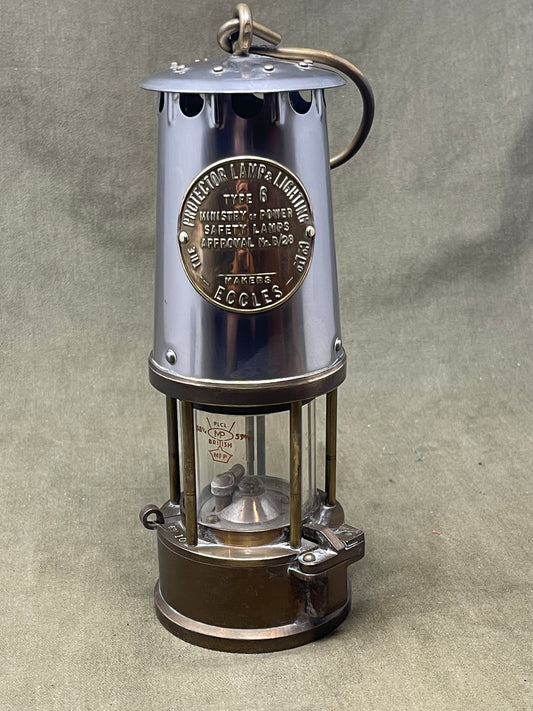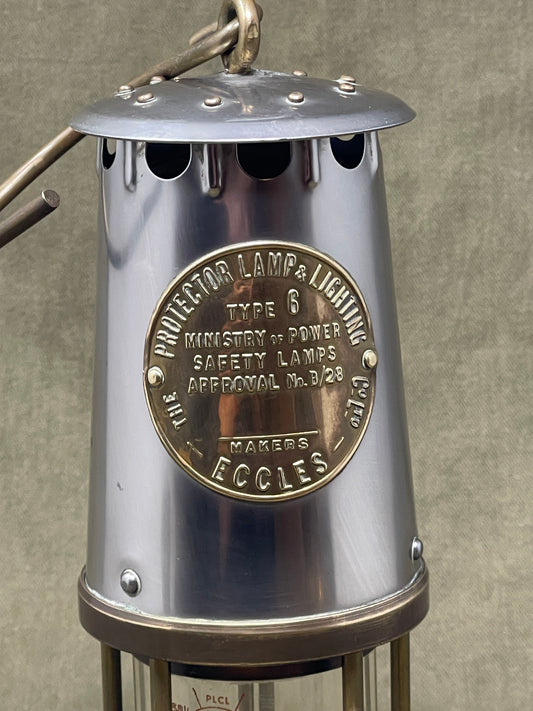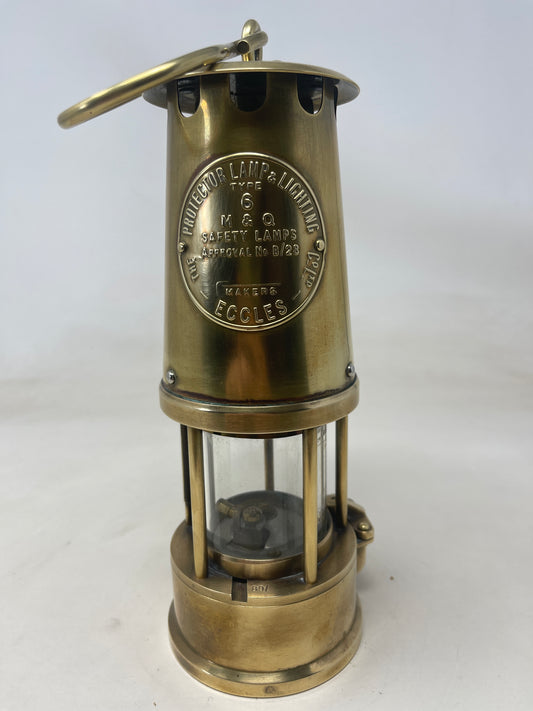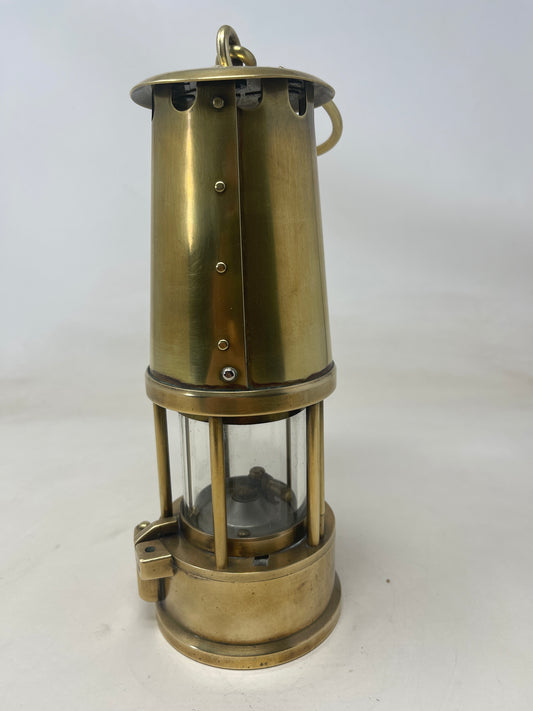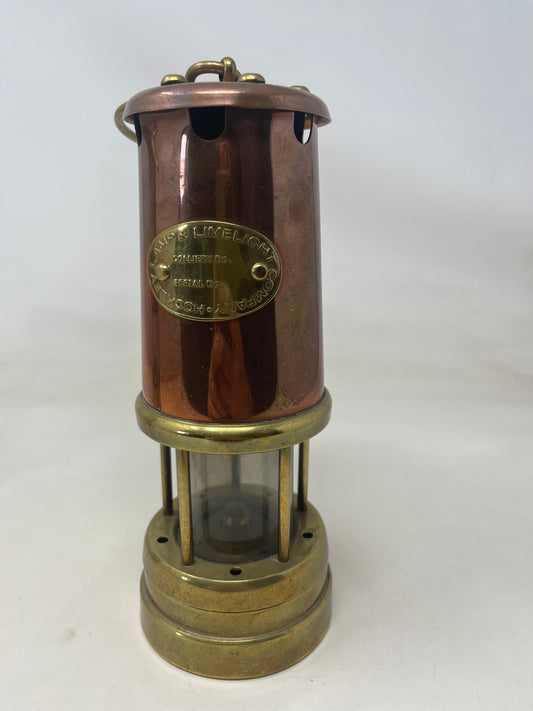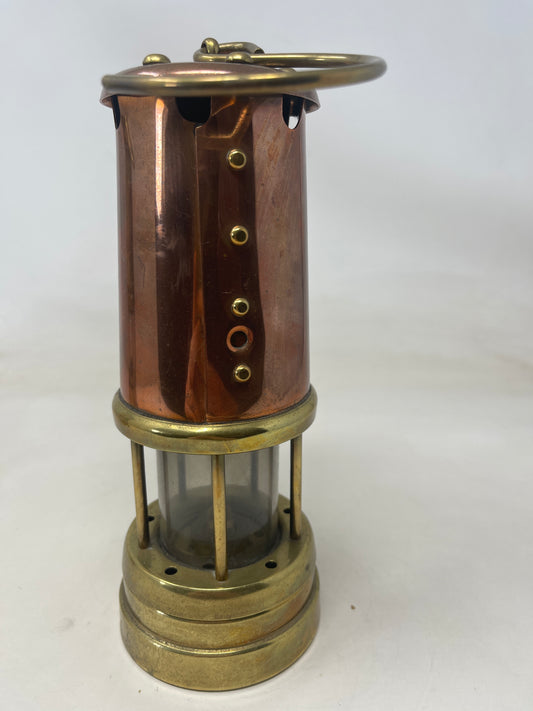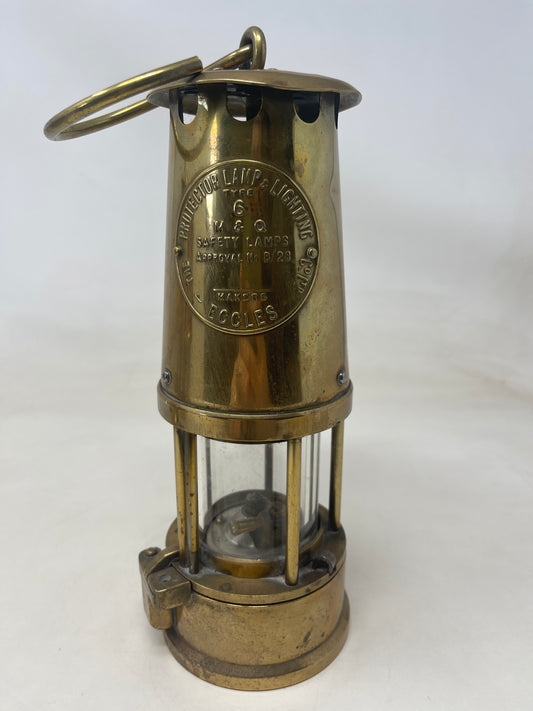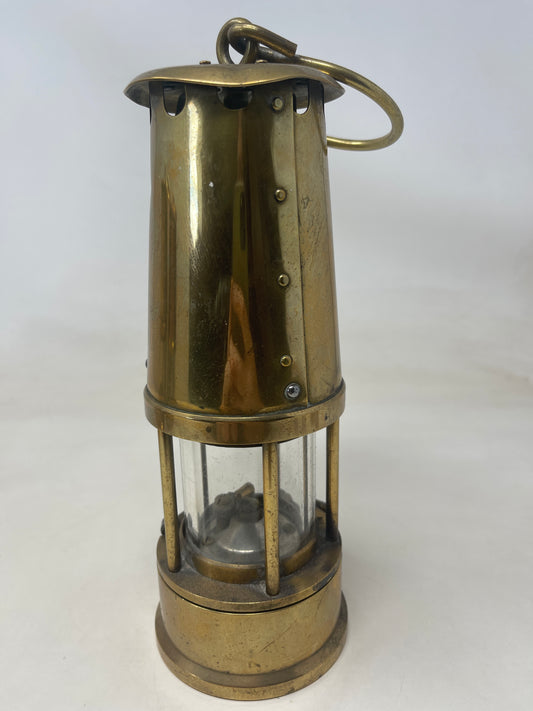Collection: Miners Lamps
Miners lamps, also known as Davy lamps, are specialized types of lamps that were used by miners to illuminate underground mines. They were first introduced in the early 19th century by Sir Humphry Davy, a British scientist, and are named after him.
The lamp consists of a metal enclosure that holds a wick, which is soaked in oil or other fuel. The wick is then lit and produces a flame that burns inside a wire gauze mesh that surrounds the flame. The mesh serves as a safety feature, preventing the flame from igniting any explosive gases that might be present in the mine.
The lamp also has a glass viewing port that allows the miner to see the area around them as they work. Additionally, the lamp often has a hook or clasp that allows it to be hung from the miner's belt or helmet.
Miners lamps played a critical role in improving safety in underground mines. Before their introduction, miners used open flame lamps that were not designed to prevent explosions. This led to numerous mine disasters caused by explosions of flammable gases like methane. The use of the Davy lamp greatly reduced the risk of explosions and made mining a much safer occupation.
Today, miners lamps are primarily used as historical artifacts and collectibles. They are popular among collectors of mining memorabilia and are often displayed in museums and private collections. Some modern versions of the Davy lamp are still used in mining today, particularly in underground coal mines, although they have largely been replaced by more advanced forms of lighting technology.


